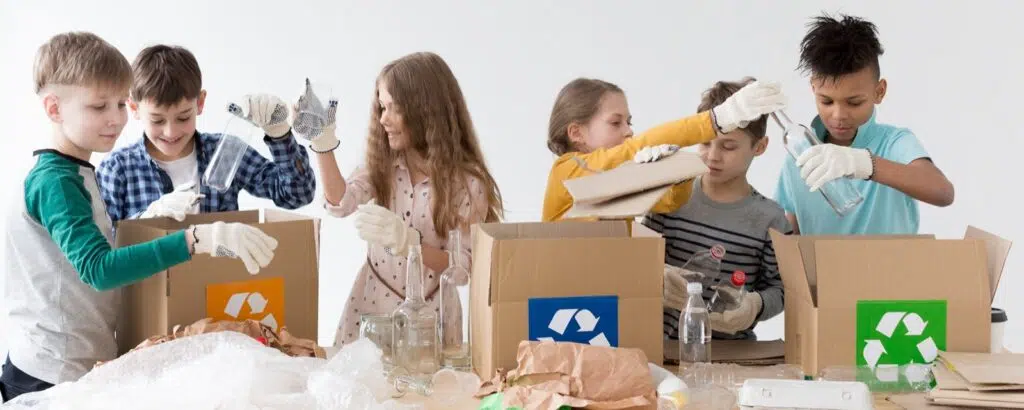Have you ever wondered what happens to trash when it enters a landfill? What impact the material has on the environment? What can we do to minimize the impact of landfill waste? The world creates three and a half million tons of trash each day, and some of the largest landfills in the world receive up to ten thousand tons of trash every day1.
So, what happens to trash once it enters the landfill? Not designed to break down garbage, landfills simply are places to store waste. Some types of waste, such as plastic, are very durable and take a long time to decompose. It is estimated that some plastic items can take up to one thousand years to decompose in a landfill. Simple plastic bags, which have a very short life span but are used by many every day, can take from ten to one thousand years to decompose. A plastic bottle can take over four hundred years.
What impact does waste have on the environment? The trash that is buried and does not decompose fast enough will begin to harbor bacteria, especially in organic materials like food rot, and it will start to produce harmful gases like ammonia, sulfides, methane, and carbon dioxide. Methane and carbon dioxide are greenhouse gases that contribute to global warming. Toxins and chemicals from garbage rotting in landfills can also pollute the local environment, including the water and the soil.

What can we do to minimize the impact of landfill waste? Making the extra effort to recycle and compost has a positive impact in the world and the environment. Because waste negatively impacts the natural environment greatly, we all must start recycling and composting much more. When we throw trash away, we risk releasing harmful chemicals into the landfill sites, which then will leak into our natural waters and environment, harming animals and people. The most recycled items are newspapers, cardboard, aluminum cans, milk cartons, paper, plastic containers, and magazines.
PaperWorks produces 100% Coated Recycled Board (CRB) and recycles over 300,000 tons of paper that would have the potential to enter the landfills. There is an estimated 85 million tons of paper waste generated in the world each year, and only 44.2 million of this paper waste is recycled, which means 52% of paper waste is recycled and 48% enters the landfills3. We can all do our part by recycling all paper waste and reducing the amount of paper entering the landfills. Together we can make a big difference. Follow these tips to recycle more efficiently2:
- Make sure your items are clean, empty, and dry—food containers should be free of grease and clean enough to use again.
- Don’t recycle anything smaller than a credit card—it’s too small to process and could jam the machines.
- Don’t recycle combined materials—things like plastic-coated paper coffee cups and bubble wrap envelopes can’t be separated.
- Know your plastics—you can only recycle rigid plastics (which have recycling symbols one through seven, though one and two are safest).
- Don’t put items in your curbside bin if you’re unsure of whether they can be recycled—this can cause your whole lot of recyclables to be contaminated and end up in a landfill.
- When in doubt, ask your local recycling center
1 zerowastefamily.com
2 Earth Day, a non-profit organization
3 Ecofriendlyhabits.com





